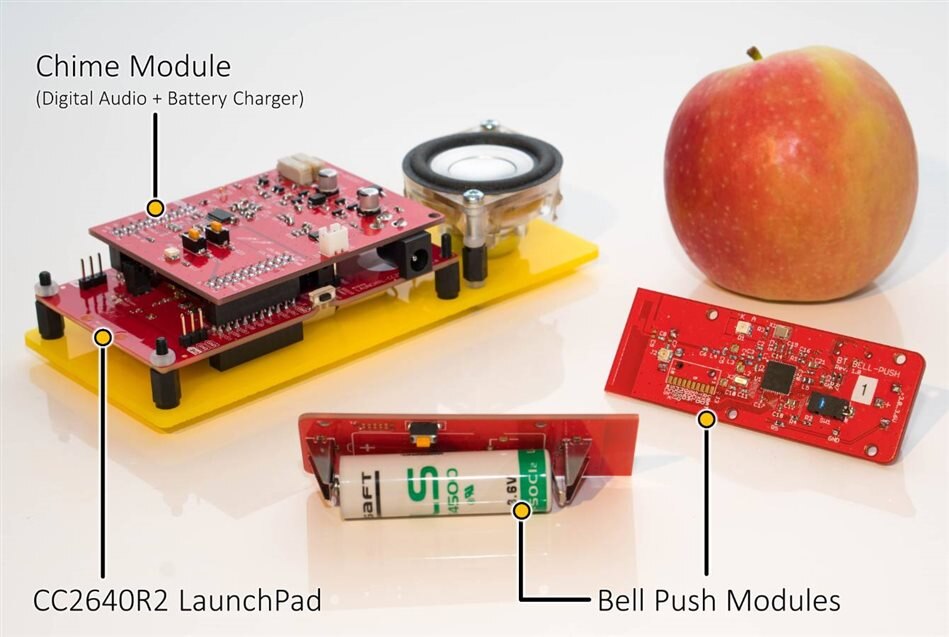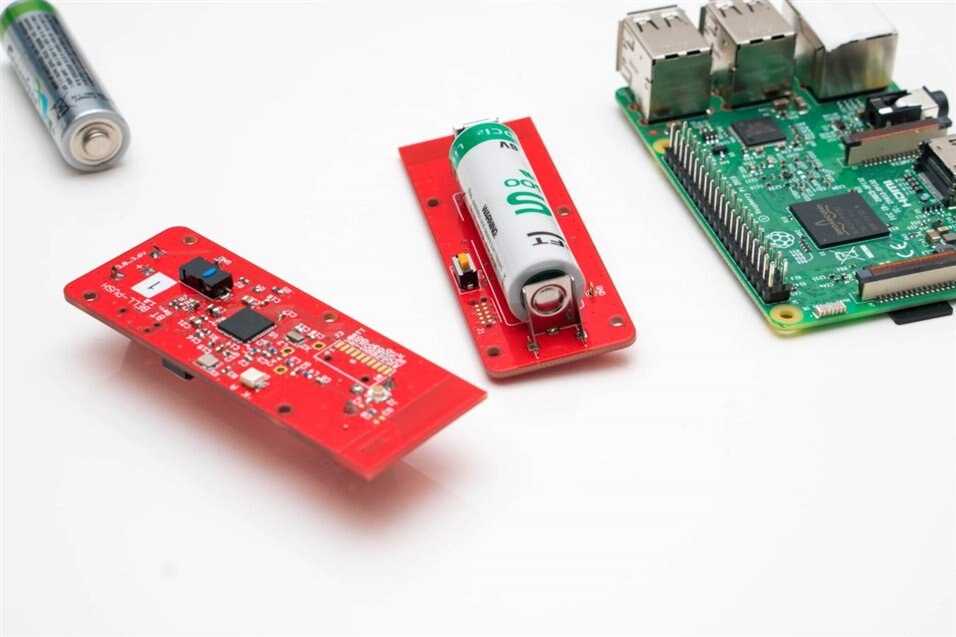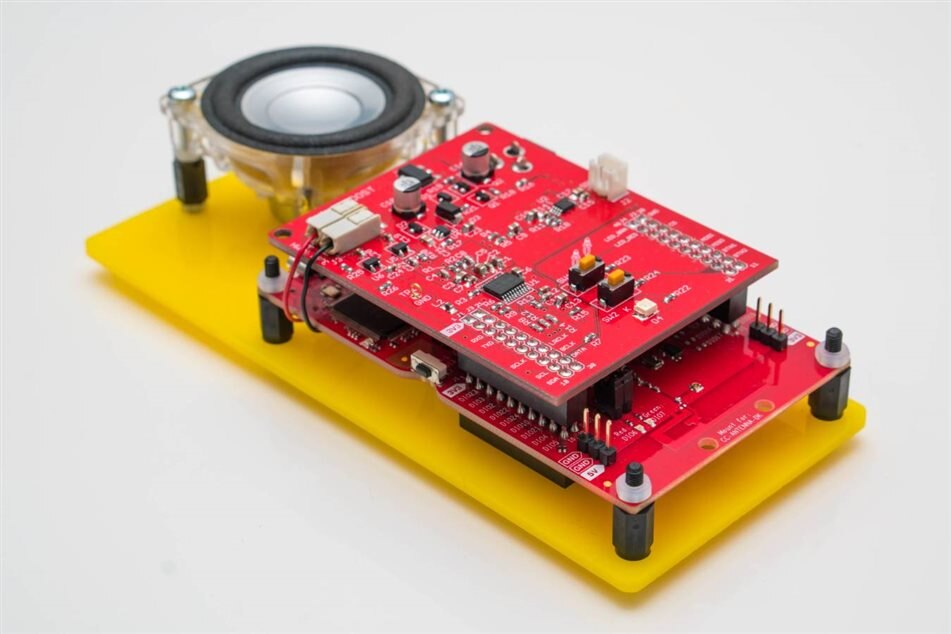For all the parts to this project, click here! Smart Doorbell System
Introduction
The Smart Doorbell System is a Bluetooth Low Energy (BLE) project to build a better doorbell! However, it could also have other uses - to open and close gates, to act as an emergency attendant button or to control or monitor all sorts of things. It can also be connected up to a Pi or BeagleBone, for extending reach and capabilities even further. For example, the Pi could log and timestamp activity, or activate a camera, or tunnel the information to another Pi or BeagleBone, and then pass the information onward over BLE to the far end, providing all the benefits of BLE combined with the compute horsepower and cloud connecting capability of the Pi.
All software and schematics and PCB files and bill-of-materials (BoM) are available.
For more information, click on the link above to explore all the blog posts, or (easier) watch the twenty-minute video below.
What Was Built?
Two modules were constructed; the bell push module, and the chime module. The can communicate directly to each other, or they can connect to a Linux system for extra features such as tunnelling alerts over the Internet, or for logging events or taking photos of who is at the door. With some effort the same system could be used for patient care, or for alerting people in a warehouse / shop floor.
The Bell Push Module runs from an AA sized battery and should run for four years (I intend to make code changes to improve that further - currently it consumes 45uA but around 20uA should be feasible). It uses a Texas Instruments chip, the CC2640R2FCC2640R2F. When connecting to the wireless Chime Module, it consumes around 12-13mA average, briefly until the communication is complete. More accurate tests still need to be done, but these values were promising.
The Chime Module was constructed from a custom PCB plugged on top of a ready-made Texas Instruments microcontroller board called the CC2640R2 LaunchPadCC2640R2 LaunchPad. The custom PCB contains digital audio capability and dual supply capability (external DC, or the attached rechargeable battery which gets charged up automatically). The Chime Module can be used plugged-in to the DC supply, or it can be detached and taken outdoors (e.g. into the garden). When used on battery power, the current consumption is about 8mA, which allows for several days of outdoor use with the 600mA battery that was used. The battery will charge itself so there should be no maintenance required.
Next Steps
Although the system functions, the code is very proof-of-concept and I'd like to take the time to improve it and add more features. I've already tested communications with the Pi (so that the Bell Push module connects to the Pi, and another Pi connects to the Chime Module) and the code functions nicely (see blog post 9 for the source code). So, with little effort, it should be possible to use this system over any distance.
Thanks for following the project!




Top Comments
-

mcb1
-
Cancel
-
Vote Up
+5
Vote Down
-
-
Sign in to reply
-
More
-
Cancel
-

Problemchild
in reply to mcb1
-
Cancel
-
Vote Up
+3
Vote Down
-
-
Sign in to reply
-
More
-
Cancel
-

Problemchild
in reply to shabaz
-
Cancel
-
Vote Up
+2
Vote Down
-
-
Sign in to reply
-
More
-
Cancel
-

shabaz
in reply to Problemchild
-
Cancel
-
Vote Up
+4
Vote Down
-
-
Sign in to reply
-
More
-
Cancel
-

Problemchild
in reply to shabaz
-
Cancel
-
Vote Up
+2
Vote Down
-
-
Sign in to reply
-
More
-
Cancel
-

mcb1
in reply to Problemchild
-
Cancel
-
Vote Up
+3
Vote Down
-
-
Sign in to reply
-
More
-
Cancel
-

mcb1
in reply to shabaz
-
Cancel
-
Vote Up
+3
Vote Down
-
-
Sign in to reply
-
More
-
Cancel
Comment-

mcb1
in reply to shabaz
-
Cancel
-
Vote Up
+3
Vote Down
-
-
Sign in to reply
-
More
-
Cancel
Children